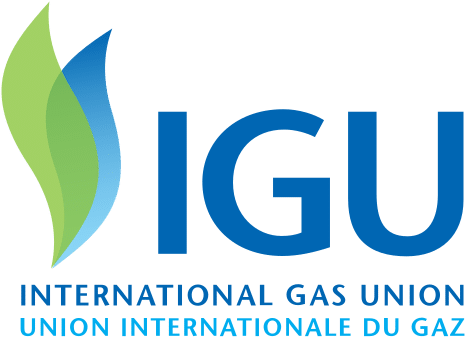The 2017 Wholesale Gas Price Survey is the tenth to be undertaken in a series that began 11 years ago. The ten surveys have confirmed the significant changes in wholesale price formation mechanisms during a period of key developments and upheaval in the global gas market.
Highlights of this year’s survey include:
- Gas on gas competition has the largest share in the world gas market. Out of total world consumption of 3,740 bcm, gas on gas competition has a share of 46%, totalling over 1,700 bcm, dominated by North America at 950 bcm, followed by Europe at 380 bcm and the Former Soviet Union at around 190 bcm. In all, gas on gas competition can now be found in 54 countries, in one form or another, and in all regions of the world.
- The share of gas on gas competition rose again between the 2016 and 2017 surveys. There are a vareity of reasons for this, including: a sharp rise in the share in Europe, reflecting changing contractual terms and increasing consumption in predominantly gas-on-gas competition markets; a rise in Asia Pacific, because of increasing spot LNG imports; an increase in China, as direct sales to large users at negotiated market prices were allowed from domestic production; and a rise in the FSU, as Ukraine imported hub priced gas from Europe.
- The oil price escalation share fell by half a percentage point in 2017, with the continued decline in Europe being partially offset by an increase in Asia Pacific, as Malaysia and Indonesia moved to more oil price escalation in domestic pricing. Overall, pipeline trade has seen a continuous shift to gas on gas competition, but oil price escalation has largely held its share in LNG trade.
- Wholesale price levels, in most regions, reached their peak in 2013 or 2014. This rise was across all regions apart from North America, where the dramatic increase in shale gas supply has led to sharp falls in prices – with a small rebound in 2013. The rise in prices in Europe and Asia Pacific has been well documented and studied, but prices have also risen in Asia, largely due to increases in prices in China, both as more gas was imported and regulated domestic prices increased, and in India for similar reasons.
- Global gas prices have been converging over the period since 2005. This goes against conventional wisdom of global gas price divergence, based on a few regional gas price markers such as Henry Hub, NBP and Japanese import prices. But analysis, using the price survey data, shows that global gas prices have been converging continuously since 2005, indicating further globalisation of the gas markets.
The Wholesale Gas Price Report is a vital reference for the natural gas industry around the world. In the most recent survey responses were received for countries that cover 92% of total world consumption.










